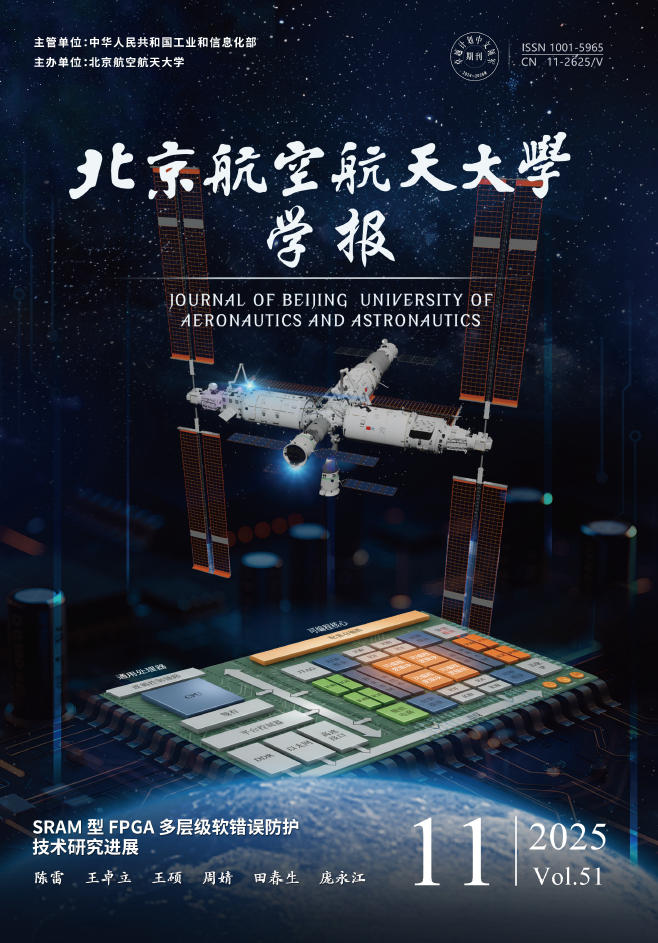2000 Vol. 26, No. 1
2000, 26(1): 79-82.
Abstract:
2000, 26(1): 83-86.
Abstract:
2000, 26(1): 118-121.
Abstract:







 XML Online Production Platform
XML Online Production Platform

